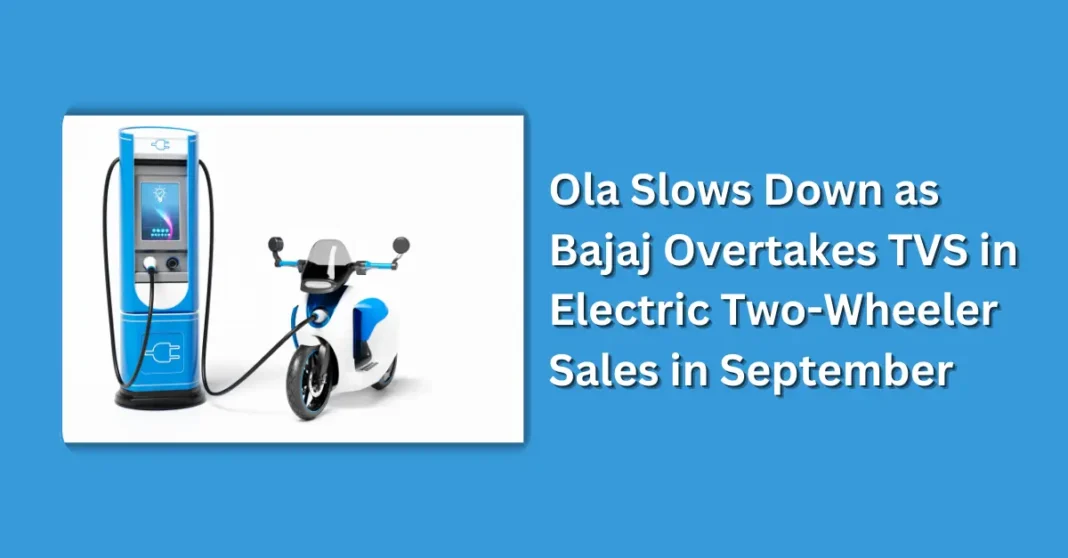1. Introduction
The electric two-wheeler market in India is witnessing significant shifts, with September revealing surprising sales trends. As Bajaj surpasses TVS, Ola finds itself in a challenging position, facing a slowdown in growth. This article explores the latest sales figures and the factors influencing these dynamics.
2. Sales Performance Overview
- Ola’s Sales Decline:
- In September, Ola reported a X% drop in electric two-wheeler sales compared to the previous month, totaling X units sold.
- Analysts attribute this decline to factors such as increased competition and consumer sentiment.
- Bajaj’s Surge:
- In contrast, Bajaj experienced a remarkable Y% increase in sales, reaching X units. This surge is largely credited to its recent model launches and effective marketing strategies.
- TVS Performance:
- TVS sold X units in September, maintaining a strong presence in the market but unable to keep pace with Bajaj’s rapid growth.
3. Factors Influencing Sales Trends
- Market Demand:
- A growing awareness of environmental issues and rising fuel costs are driving more consumers toward electric options.
- Product Offerings:
- Bajaj’s competitive pricing and advanced features, such as smart connectivity and battery efficiency, have made its models attractive to buyers.
- Consumer Preferences:
- Increased consumer interest in performance and technology is reshaping purchasing decisions in the electric two-wheeler segment.
4. Bajaj’s Strategies for Success
- Product Launches:
- Recent introductions like the Bajaj Chetak and other models have captured consumer attention, offering a blend of style and functionality.
- Marketing and Promotions:
- Bajaj’s aggressive marketing campaigns have effectively communicated their brand’s strengths, appealing to tech-savvy young buyers.
- Distribution Channels:
- Expanding their dealership network has increased accessibility, allowing more consumers to experience Bajaj’s electric offerings firsthand.
5. Challenges Faced by Ola
- Operational Issues:
- Reports suggest that Ola has faced production bottlenecks, impacting its ability to meet consumer demand.
- Competitive Landscape:
- As more players enter the electric two-wheeler market, Ola’s previously dominant position is under pressure, requiring a reevaluation of its strategies.
- Consumer Feedback:
- Recent reviews indicate mixed feelings about Ola’s customer service and after-sales support, which could influence potential buyers.
6. Industry Outlook
- Market Projections:
- Industry experts predict the electric two-wheeler market will grow at a Z% CAGR over the next few years, driven by technological advancements and supportive policies.
- Role of Government Policies:
- Government initiatives, including subsidies for electric vehicles, are expected to bolster sales and attract more manufacturers.
- Technological Innovations:
- Innovations in battery technology and charging infrastructure will likely shape the future of the market, providing opportunities for companies that adapt quickly.
7. Conclusion
As the electric two-wheeler market evolves, companies like Ola must navigate challenges and adapt to consumer demands to regain momentum. Meanwhile, Bajaj’s recent success highlights the importance of innovation and effective marketing in capturing market share. The coming months will be critical in determining how these dynamics unfold in India’s electric mobility landscape.

